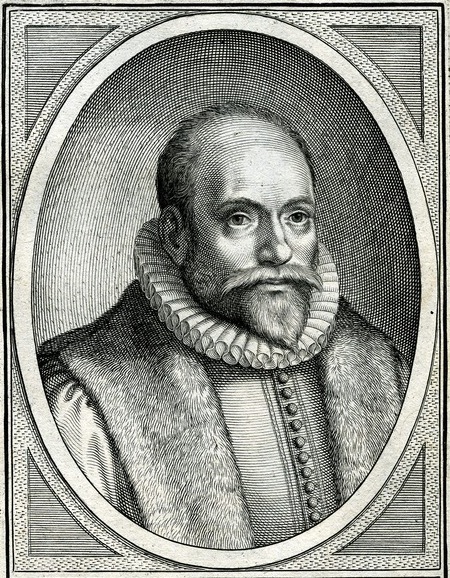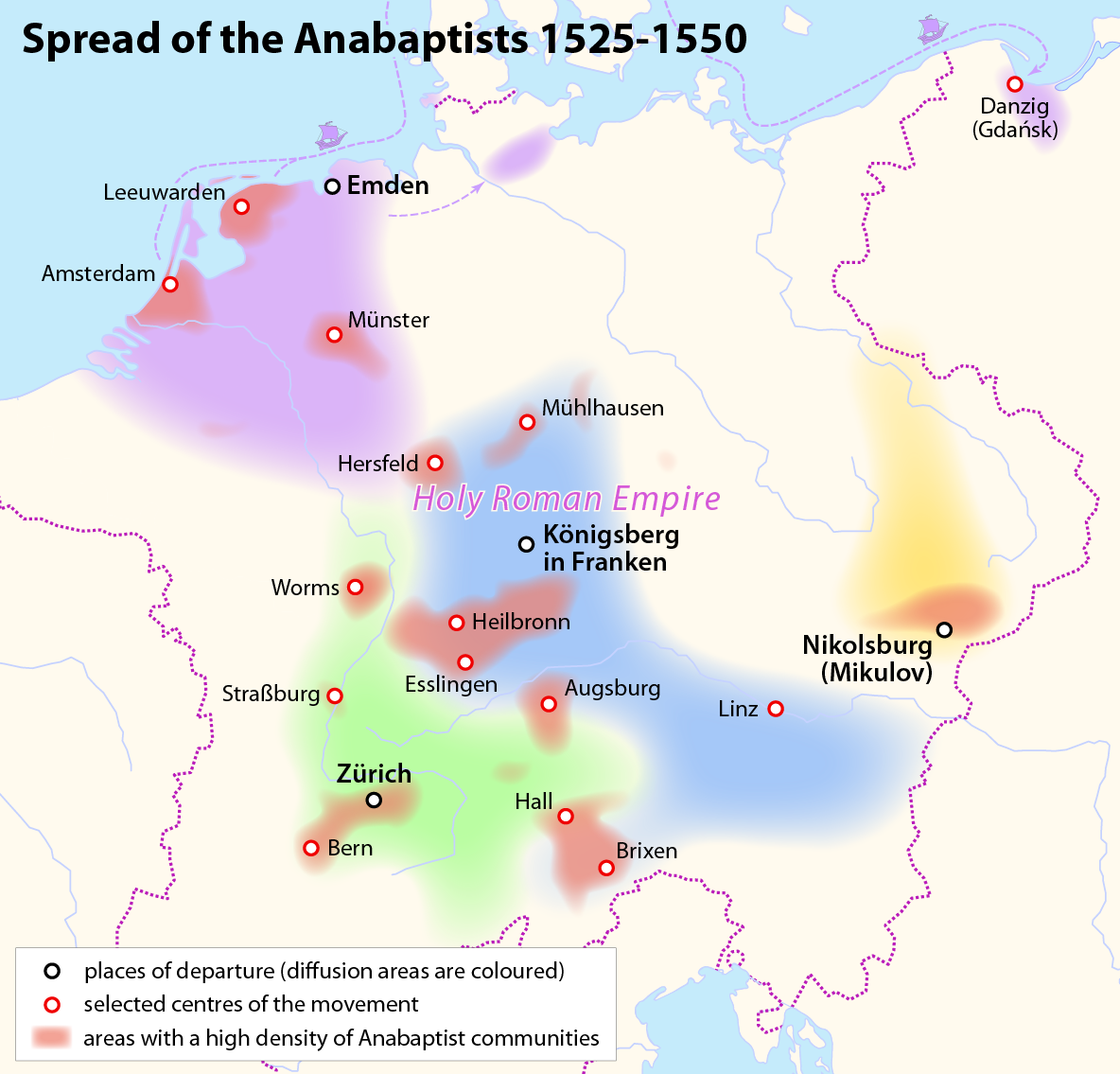|
Nonconformity To The World
Nonconformity to the world, also called separation from the world, is a Christian doctrine based on , and other verses of the New Testament that became important among different Protestant groups, especially among Anabaptists. The corresponding German word used by Anabaptists is ''Absonderung''. Nonconformity is primarily expressed through the practices of plain dress and simple living. Biblical basis *"Do not be conformed to this world but be transformed by the renewing of your minds, so that you may discern what is the will of God—what is good and acceptable and perfect." *"Wherefore come out from among them, and be ye separate." *"If any man love the world, the love of the Father is not in him." *"Know ye not that the friendship of the world is enmity against God? Whosoever therefore would be a friend of the world is the enemy of God." *"That which is highly esteemed among men is abomination in the sight of God." *"Ye are a chosen generation, a royal priesthood, a holy ... [...More Info...] [...Related Items...] OR: [Wikipedia] [Google] [Baidu] |
Christian Theology
Christian theology is the theology of Christianity, Christian belief and practice. Such study concentrates primarily upon the texts of the Old Testament and of the New Testament, as well as on Christian tradition. Christian theology, theologians use biblical exegesis, rationality, rational analysis and argument. Theologians may undertake the study of Christian theology for a variety of reasons, such as in order to: * help them better understand Christian tenets * make comparative religion, comparisons between Christianity and other traditions * Christian apologetics, defend Christianity against objections and criticism * facilitate reforms in the Christian church * assist in the evangelism, propagation of Christianity * draw on the resources of the Christian tradition to address some present situation or perceived need * education in Christian philosophy, especially in Neoplatonism, Neoplatonic philosophyLouth, Andrew. The Origins of the Christian Mystical Tradition: From Plato ... [...More Info...] [...Related Items...] OR: [Wikipedia] [Google] [Baidu] |
Pennsylvania German
The Pennsylvania Dutch ( Pennsylvania Dutch: ), also known as Pennsylvania Germans, are a cultural group formed by German immigrants who settled in Pennsylvania during the 17th, 18th and 19th centuries. They emigrated primarily from German-speaking territories of Europe, mainly from the Palatinate, also from Baden-Württemberg, Hesse, and Rhineland in Germany as well as the Netherlands, Switzerland, and France's Alsace-Lorraine region. Pennsylvania's German settlers described themselves as ''Deutsch'' or ''Hoch Deutsch'', which in contemporary English translated to "Dutch" or "High Dutch" ("Dutch" historically referred to all Germanic dialect speakers in English). They spoke several south German dialects, though Palatine German was the dominant language; their mixing contributed to a hybrid dialect, known as Pennsylvania Dutch, or Pennsylvania German, that has been preserved through the current day. The Pennsylvania Dutch maintained numerous religious affiliations; the ... [...More Info...] [...Related Items...] OR: [Wikipedia] [Google] [Baidu] |
Book Of Discipline
A Book of Discipline (or in its shortened form Discipline) is a book detailing the beliefs, standards, doctrines, canon law, and polity of a particular Christian denomination. They are often re-written by the governing body of the church concerned due to changes in society and in the denomination itself. As many Christian denominations are global, a Book of Discipline may be multilingual. By Christian denomination Methodism Methodist connexions have been using a Book of Discipline since 1784, which contains canon law and doctrine: *The Discipline of the Allegheny Wesleyan Methodist Connection *The Discipline of the Evangelical Wesleyan Church *Book of Discipline of the Free Methodist Church The Free Methodist Church (FMC) is a Methodist Christian denomination within the holiness movement, based in the United States. It is evangelical in nature and is Wesleyan–Arminian in theology. The Free Methodist Church has members in over 10 ... * Book of Discipline for the Unite ... [...More Info...] [...Related Items...] OR: [Wikipedia] [Google] [Baidu] |
Evangelical Methodist Church Conference
The Evangelical Methodist Church (EMC) is a Christian denomination in the Wesleyan-Holiness tradition headquartered in Indianapolis, Indiana. The denomination reported 399 churches in the United States, Mexico, Burma/Myanmar, Canada, Philippines and several European and African nations in 2018, and a total of 34,656 members worldwide (with about 7,300 members in around 80 churches in the United States). Beliefs In its Book of Discipline, the EMC describes itself as being " orthodox in belief, pre-millennial regarding the second coming, missionary in outlook, evangelistic in endeavor, cooperative in spirit, and Wesleyan in doctrine." Theologically, the EMC is Wesleyan-Arminian and teaches a Holiness message, emphasizing the inerrancy of the Bible and the power of the Holy Spirit to cleanse a Christian from sin and to keep him or her from falling back into a sinful lifestyle. The EMC believes in salvation through faith by grace. A further doctrine, " prevenient grace," holds ... [...More Info...] [...Related Items...] OR: [Wikipedia] [Google] [Baidu] |
Conservative Holiness Movement
The conservative holiness movement is a loosely defined group of theologically conservative Christian denominations with the majority being Methodists whose teachings are rooted in the theology of John Wesley, and a minority being Quakers (Friends) that emphasize the doctrine of George Fox, as well as River Brethren who emerged out of the Radical Pietist revival, and Holiness Restorationists in the tradition of Daniel Sidney Warner. Schisms began to occur in the 19th century and this movement became distinct from parent Holiness bodies in the mid-20th century amid disagreements over modesty in dress, entertainment, and other "old holiness standards" reflective of the related emphases on the Wesleyan–Arminian doctrine of outward holiness or the Quaker teaching on the testimony of simplicity or the River Brethren and Restorationist teachings on nonconformity to the world, depending on the denomination. Christian denominations aligned with the conservative holiness movemen ... [...More Info...] [...Related Items...] OR: [Wikipedia] [Google] [Baidu] |
Connexionalism
Connexionalism, also spelled connectionalism, is the theological understanding and foundation of Methodist ecclesiastical polity, as practised in the Methodist Church in Britain, Methodist Church in Ireland, United Methodist Church, Free Methodist Church, African Methodist Episcopal Church, African Methodist Episcopal Zion Church, Bible Methodist Connection of Churches, Christian Methodist Episcopal Church, Methodist Church in the Caribbean and the Americas, and many of the countries where Methodism was established by missionaries sent out from these churches. The United Methodist Church defines ''connection'' as the principle that "all leaders and congregations are connected in a network of loyalties and commitments that support, yet supersede, local concerns." Accordingly, the primary decision-making bodies in Methodism are conferences, which serve to gather together representatives of various levels of church hierarchy. In the United Methodist Church and Free Methodist ... [...More Info...] [...Related Items...] OR: [Wikipedia] [Google] [Baidu] |
Methodist Theology
Wesleyan theology, otherwise known as Wesleyan–Arminianism, Arminian theology, or Methodist theology, is a Christian theology, theological tradition in Protestant Christianity based upon the Christian ministry, ministry of the 18th-century evangelical reformer brothers John Wesley and Charles Wesley. More broadly it refers to the theological system inferred from the various sermons (e.g. the Forty-four Sermons), theological treatises, letters, journals, diaries, hymns, and other spiritual writings of the Wesleys and their contemporary coadjutors such as John William Fletcher. In 1736, the Wesley brothers travelled to the Georgia colony in America as Christian missionaries; they left rather disheartened at what they saw. Both of them subsequently had "religious experiences", especially John in 1738, being greatly influenced by the Moravian Church, Moravian Christians. They began to organize a renewal movement within the Church of England to focus on personal faith and holiness. ... [...More Info...] [...Related Items...] OR: [Wikipedia] [Google] [Baidu] |
Hutterite
Hutterites (german: link=no, Hutterer), also called Hutterian Brethren (German: ), are a communal ethnoreligious branch of Anabaptists, who, like the Amish and Mennonites, trace their roots to the Radical Reformation of the early 16th century and have formed intentional communities. The founder of the Hutterites, Jacob Hutter, "established the Hutterite colonies on the basis of the Schleitheim Confession, a classic Anabaptist statement of faith" of 1527, and the first communes were formed in 1528. Since the death of Hutter in 1536, the beliefs of the Hutterites, especially those espousing a community of goods and nonresistance, have resulted in hundreds of years of diaspora in many countries. The Hutterites embarked on a series of migrations through central and eastern Europe. Nearly extinct by the 18th century, they migrated to Russia in 1770 and about a hundred years later to North America. Over the course of 140 years, their population living in community of goods recovered f ... [...More Info...] [...Related Items...] OR: [Wikipedia] [Google] [Baidu] |
Russian Mennonite
The Russian Mennonites (german: Russlandmennoniten it. "Russia Mennonites", i.e., Mennonites of or from the Russian Empire occasionally Ukrainian Mennonites) are a group of Mennonites who are descendants of Dutch Anabaptists who settled for about 250 years in the Vistula delta in Poland and established colonies in the Russian Empire (present-day Ukraine and Russia's Volga region, Orenburg Governorate, and Western Siberia) beginning in 1789. Since the late 19th century, many of them have come to countries throughout the Western Hemisphere. The rest were forcibly relocated, so that very few of their descendants now live at the location of the original colonies. Russian Mennonites are traditionally multilingual with Plautdietsch (Mennonite Low German) as their first language and lingua franca. In 2014 there are several hundred thousand Russian Mennonites: about 200,000 in Germany, 100,000 in Mexico, 70,000 in Bolivia, 40,000 in Paraguay, 10,000 in Belize, tens of thousand ... [...More Info...] [...Related Items...] OR: [Wikipedia] [Google] [Baidu] |
Old Order Movement
Old Order Anabaptism encompasses those groups which have preserved the old ways of Anabaptist Christian religion and lifestyle. Historically, an Old Order movement emerged in the second half of the 19th century among the Amish, Mennonites of South German and Swiss ancestry as well as the Schwarzenau Brethren and River Brethren in the United States and Canada. The Old Order movement led to several Old Order divisions from mainstream Anabaptist groups between 1845 and 1901. All Old Order Anabaptist groups that emerged after 1901 divided from established Old Order Anabaptist groups or were formed by people coming from different Old Order Anabaptist groups. Sandra L. Cronk writes about the Old Order Anabaptists: By the close of the 20th century, there were over a quarter of a million Old Order Anabaptists in North America alone. Old Order Anabaptists enjoy a rich spiritual and community life, which has attracted seekers who desire to become church members of Old Order Anabapti ... [...More Info...] [...Related Items...] OR: [Wikipedia] [Google] [Baidu] |
Nonresistance
Nonresistance (or non-resistance) is "the practice or principle of not resisting authority, even when it is unjustly exercised". At its core is discouragement of, even opposition to, physical resistance to an enemy. It is considered as a form of principled nonviolence or pacifism which rejects all physical violence, whether exercised on individual, group, state or international levels. Practitioners of nonresistance may refuse to retaliate against an opponent or offer any form of self-defense. Nonresistance is often associated with particular religious groups, such as Anabaptist Christianity. Sometimes non-resistance has been seen as compatible with, even part of, movements advocating social change. An often-cited example is the movement led by Mohandas Gandhi in the struggle for Indian Independence. While it is true that in particular instances (e.g., when threatened with arrest) practitioners in such movements might follow the line of non-resistance, such movements are more accur ... [...More Info...] [...Related Items...] OR: [Wikipedia] [Google] [Baidu] |






